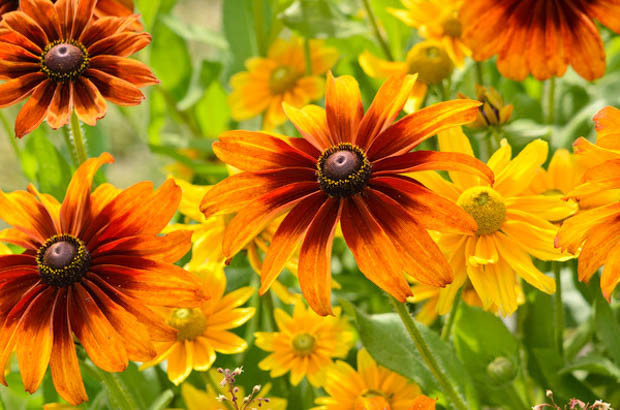Perennial Flowers - Expert Tips for Gardening Success
Perennial flowers are the gift that keeps on giving, season after season. Unlike annuals, they return year after year, providing your garden with continuous color and beauty. Here are some expert tips to maximize your success with perennial flowers:
- Understanding Perennials: Remember, perennials have specific temperature and sunlight requirements. It’s important to match the plant to your USDA Hardiness Zone, AHS Heat Zone, and Sunset Climate Zone for the best results.
- Selection: Go for diversity. Choose perennials that bloom at different times of the year, ensuring your garden remains vibrant across seasons.
- Soil Preparation: Good soil is the foundation of a successful perennial garden. Enrich it with organic matter such as compost to provide the nutrients perennials need for optimal growth.
- Planting: Plant the perennials at the right depth and spacing. They should be planted as deep as they were in their original pots and given enough space to spread out and grow.
- Maintenance: Prune your perennials during late winter or early spring for better growth and flowering. Deadheading spent flowers can encourage re-blooming and prevent unwanted self-seeding.
- Watering and Feeding: Regular watering is crucial in the first year of planting perennials. Feed them with a slow-release fertilizer at the beginning of the growing season for healthier plants.
By following these tips, you can cultivate a stunning perennial garden that brings joy and color to your landscape year after year. Enjoy the process of growing these remarkable plants!

